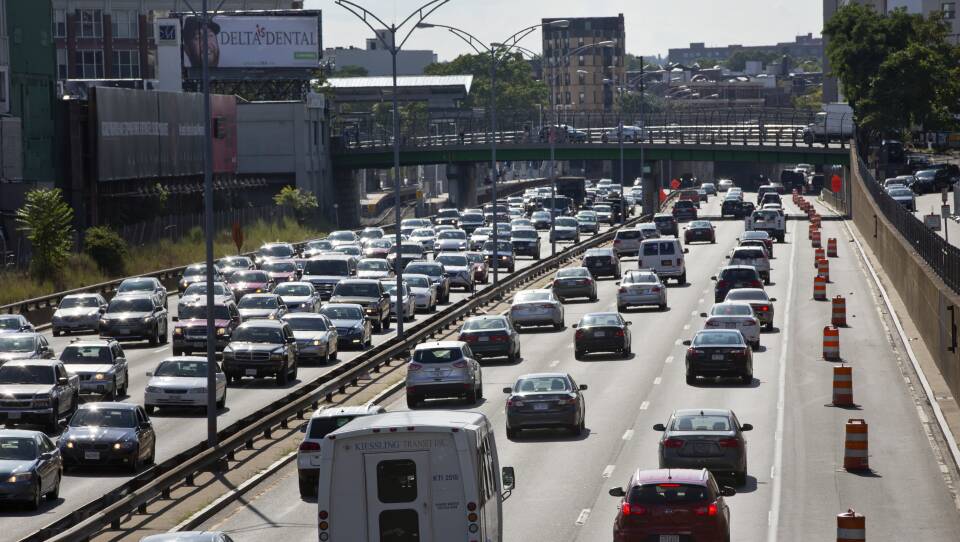One of the big questions hanging over the post pandemic recovery is what commuting will look like as more people return to work and school. The organization, A Better City, has been working with Boston officials to provide some clues as to what we can expect. The organization surveyed thousands of commuters over the past year, and recently interviewed executives from 11 major employers to learn what they think the future of work and commuting will be.
The employers say they expect to start — likely in September — with a hybrid model, which is what most of their employees say they want.
A Better City’s CEO Rick Dimino said the survey results, released Tuesday morning, show that anywhere between 65 to 70 percent of the workforce is expected to return to the office, while 20 to 25 percent say they will continue to work from home full time. Since only five percent worked from home before the pandemic, that should mean fewer commuters on the road and less traffic. But Dimino said as far as traffic congestion is concerned, having more people work from home isn't a panacea.
“Even with 75 percent of folks returning, if a good portion of them decide to use their automobile, then we're going to go right back up trending towards being the worst congested city in the United States,” he said.
The alternative is to get commuters to start using, or return to using, mass transit. And that could be a challenge.
The MBTA reports only about 50 percent of bus riders have returned to date and only 40 percent of those who used the subways are riding again. Train traffic remains low at just 20 percent of pre-pandemic levels.
Dimino said there still is a perception that taking public transit isn’t safe and that’s why the T has to provide full service with enough buses and subway cars to make passengers feel safer. He added that the commuter rail should maintain its new schedule. Instituted during the pandemic due to low ridership, trains are scheduled at regular hourly intervals throughout the day and not just during the traditional peak rush hours, which no longer exist.
Monica Tibbits-Nutt, Vice Chair of the MBTA’s Fiscal Management Control Board, said whatever happens with daily commuting moving forward, she doesn’t want to see the system just return to the way things were. She said the T has to do better by its riders.
“We have to continue to act and build a system built for everyone, not just those in the right neighborhood
with the right amount of money or the right skin color,” she said. “We will not bring back riders or attract new riders without services that meet their needs. We need more equitable fare options and more buses.”
Dimino couldn’t agree more. He said the T should create what he calls “tailored fare products” that reflect a shift from traditional peak-based commutes to more flexible schedules, which could make taking public transit more affordable.
The ABC report makes recommendations to encourage the use of mass transit and ease commuting. First, it says, employers should reconsider pandemic-related parking subsidies. Companies provided free or subsidized parking to make returning to the office more attractive for those who wanted to, or had to, return.
And finally, ABC argues that Boston and other municipalities should accelerate the reconfiguration of roadways, to make more space for people to walk and bike to work, and to create more designated bus lanes that would make the service faster and more reliable.





